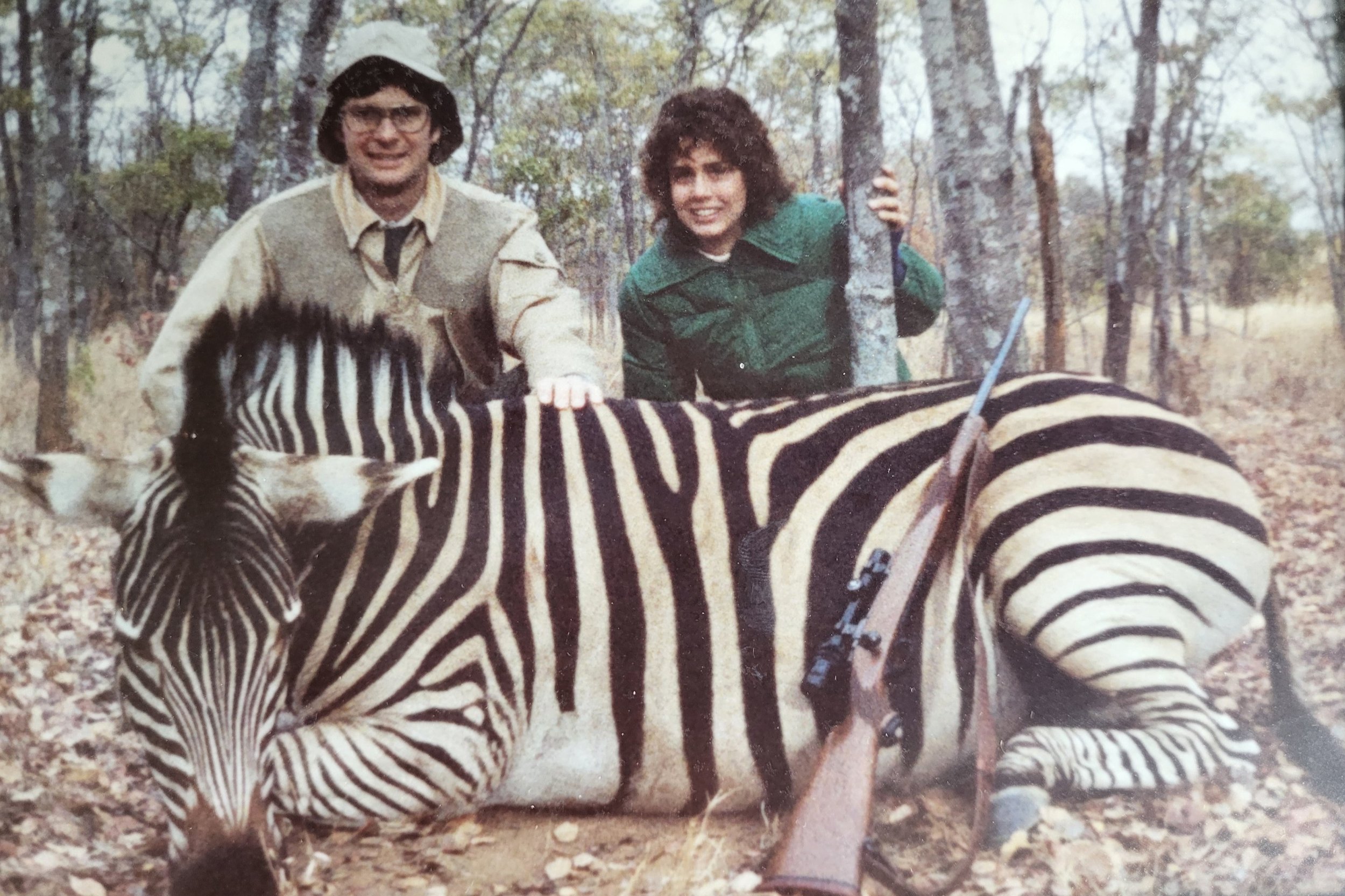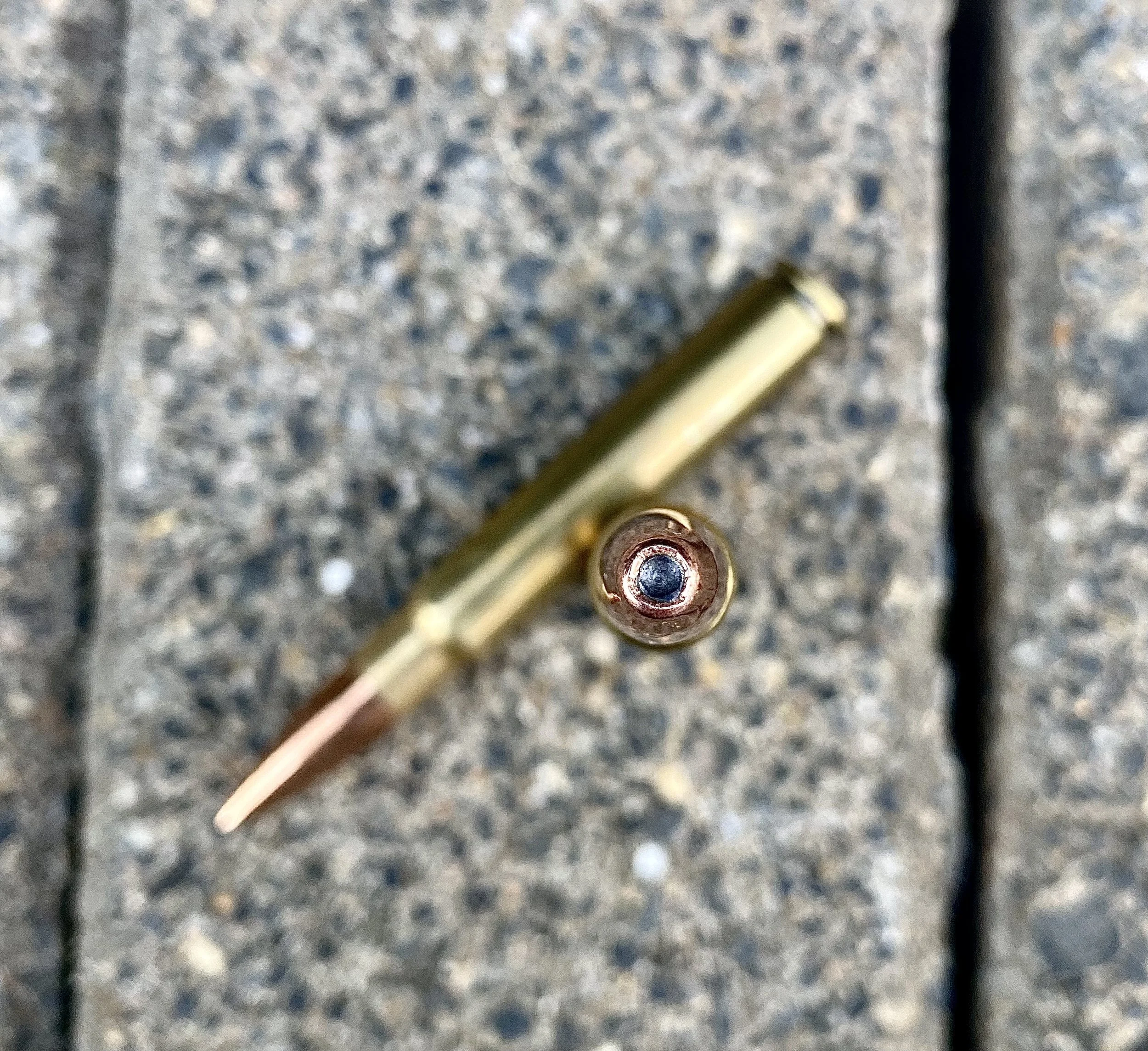Slow and Cautious for Blesbok
Three hundred years ago blesbok (blaze buck, named for the white blaze marking on their faces) migrated across the grasslands and thornbrush hills of southern Africa by the tens of thousands. Pioneering farmers and ranchers shot them for meat and hides and simply to clear the land for domesitcated livestock much the way American pioneers shot bison. By the mid-twentieth century they were rare. Now they're again common and again being hunted because demand by hunters has made blesbok valuable. Ranchers now can afford to make room for blesbok. Like many open-country, herding animals, blesbok aren't extremely wary. Hunting them isn't the stealth-challenge of trying to outwit whitetails, elk or kudu. Finding a spectacular ram, however, takes considerable time, patience and assessment. PH Schalk De Villiers practices all of that here in the foothills and broad valleys of the Winterberg Range. Schalk is just one of the many professional guides (Professional Hunter in African parlance) working for Crusader Safaris (www.crusadersafaris.com) near Bedford, South Africa. Like all of the, he knows the lay of the land and the habits of the game living on it. "I've seen a really big blesbok ram in a far corner of the ranch, back behind that mountain, Ghonaghona," he said one morning as I admired a broad, flat topped butte in the distance. "Do you want to try for it?" I did. It took three hours of driving, glassing and hiking to find two herds of these pronghorn-sized ungulates. Then the serious assessment began. The difference between an average, middle-aged ram sporting 16-inch horns and a spectacular older ram might be but an inch or two of horn. Measuring that difference from 600 yards isn't easy. Spotting scope work, for sure. "I think the biggest one is in that far herd," Schalk said. "Let's see if we can get closer." This stalk soaked up another hour, but put us within 150 yards of the bunch, half of which spooked and fled up the ridge where it paused to contemplate our intentions from 450 yards. The remaining animals, six bulls, stood alertly, trying to spot whatever had alarmed their brethren. I could have shot any of them several times over. The T/C Dimension rifle I carried in 7mm Rem Mag was putting 162-grain Hornady SST bullets within a half-inch of where I aimed them every time. But Schalk wasn't about to let me shoot the wrong bull. Not after all the effort we'd invested. Not when we were within one shot of getting the biggest and oldest. "Let me just sort them out," he whispered, not taking his eyes from the 10X Zeiss binocular. This went on for not just a few minutes, but another hour as the herd shifted, mingled, jumped and wheeled, grazed and bedded and jumped again while we eased closer, stalked around and tried to view them from every angle. The sun was straight up when Schalk finally gave me the go ahead. "Second from the left. He's looking at us. Now he's turned left. There's a cow coming up behind him. Wait until she's clear. There. Any time now. Right behind the shoulder." I was just as cautious, studying every element of the heard to be certain I was targeting the same animal Schalk was describing. Nerve wracking? Somewhat. But remaining calm is critical in this game. The final decision hinges on cautious assessment and precise identification. We'd done that, so the 180-yard shot was almost anticlimactic. The bullet caught the animal behind the shoulder, through the lungs, always a safe bet for a quick, clean kill. The old ram lunged forward and fell into the deep grass that had sustained his species on the vast South African plains for thousands of years. Long may it continue. # # #












